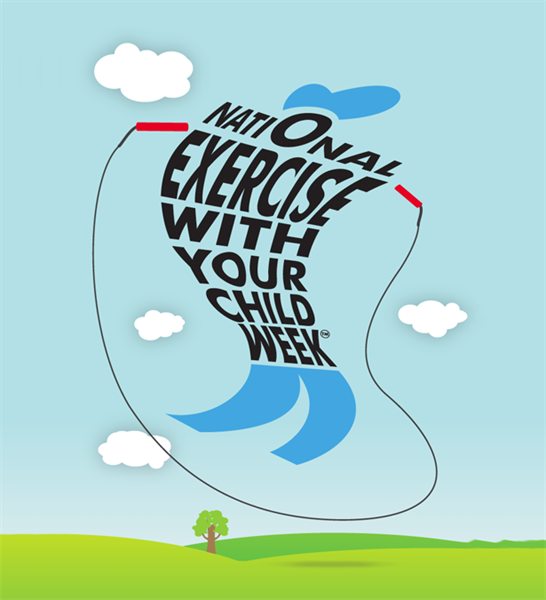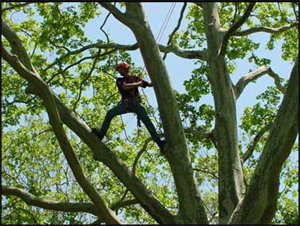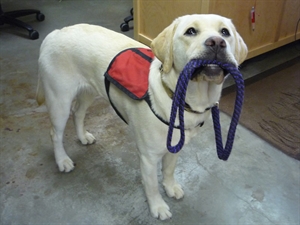Exercise With Your Child Week on August, 2024: Exercise !!!!!?
Exercise With Your Child Week 2024. 4 Ways to Celebrate Exercise with Your Child Week with Your Child Week
As an Amazon Associate I earn from qualifying purchases.

UNSUPERVISED WEIGHT TRAINING is not safe for someone your age.
That said:
Guidelines for youth strength training
The right strength training program for your child isn't just a scaled-down version of what an adult would do. Many adult programs focus on fewer repetitions and heavier weights. A youth strength training program needs to focus on:
Correct technique
Smooth, controlled motions
Less resistance and many repetitions
Your child's coach can tailor a strength training program for your child according to your child's age, size, skills and sports interests. The general principles of youth strength training are:
Provide instruction. Show your child how to perform strength training exercises using controlled breathing and proper form. You might ask a trained professional to demonstrate. If you enroll your child in a class, make sure there's at least one instructor for every 10 students to ensure that your child receives proper instruction.
Supervise. Adult supervision is important to reinforce safety and good technique. For instance, if your child lifts weights to strength train, a spotter — someone who stands ready to grab the weights — can step in if the weight becomes too heavy. As a parent, you can get involved in strength training, too. You can supervise your child and serve as a positive reinforcement for healthy lifestyle habits.
Warm up; cool down. Have your child begin each workout with 5 to 10 minutes of a warm-up activity, such as walking, jogging in place or jumping rope. This makes muscles warm and ready for action, all the while minimizing the risk of injury. End each workout with a cool down, including some light stretching.
Think light weights, controlled repetitions. One set of 12 to 20 repetitions at a lighter weight is all it takes. Kids don't need weights specially sized for them. They can safely lift adult-size weights as long as the weight isn't too heavy. The resistance doesn't have to come from weights, either. Resistance tubing can be just as effective — especially for younger kids.
Rest between workouts. Establish a rest period of at least a day between strength training workouts. Two or three sessions per week are plenty.
Track progress. Teach your child how to fill out a chart of which exercises, how many repetitions, and what weights or resistance he or she uses during a workout. It will be helpful in monitoring progress.
Add weight gradually. Only when your child masters proper form should you add weight. If your child can't do 10 repetitions at a certain weight, it's too heavy.
Keep it fun. Vary the routine often. Kids are more likely to stick with strength training if they don't get bored by it.
Results won't come overnight. But over time, you and your child will notice a difference in your child's muscle strength and endurance.
From experience, I will also tell you that if you want to do something to develop the BEST possible body (in my humble opinion), join a swim team and don't miss any practices. Swimmers are buff and cut and have amazing endurance. They seem to make other teams easily and develop focus and concentration. It's a wonderful sport for someone your age.

Exercising while pregnant?
I am 22 weeks pregnant and I do some yoga exercises that target the thighs. If it doesn't put strain on the stomach then I would think it's fine. I have also heard and read from some research I've done that you can actually still jog through at least the second trimester as long as it's not terribly hot outside and you drink lots of water through the run to keep your core body temperature down. I also walk 4 miles while pushing my 2 year old son in a stroller at a fast pace. So Just do some research for exercise for the legs or go for a fast paced walk to work your legs.

Surgery or Exercise for Diastasis Recti?
Lots of moms, both with and without diastasis, end up "still pregnant looking" and since you are only 7 weeks postpartum you still have quite a bit of abdominal laxity, meaning that your muscles that are both weak and too long.
You can close diastasis with proper postpartum exercise.
Step one is to build A LOT of strength in your Transverse Abdominis. Step two is to train the muscle to function as a stabilizer.
You don't' say how wide your separation is, but if it's more than 3.5 finger-widths, you should also manually splint your Rectus Abdominis when doing the postpartum exercises. Also, make sure that your are testing correctly. To activate the Rectus, you need to pull your ribs closer to your hips. If you just lift your head off the floor, you won't get an accurate reading.
In the mean time, do not perform ANY movement/exercise that lifts/rolls the upper body off the floor against the force of gravity as these exercises make diastasis worse. NO crunches, oblique pulses, roll-ups/roll-backs, most Pilates mat work, and some yoga moves like "boat pose." Avoid twisting and flexing your spine at the same time too. When getting out of bed or off the floor, roll to your side, use your arms to push your torso up to vertical, and then stand up.
For more info on reconditioning after pregnancy go to:
For more info on diastasis rehab go to:
BeFit-Mom



















